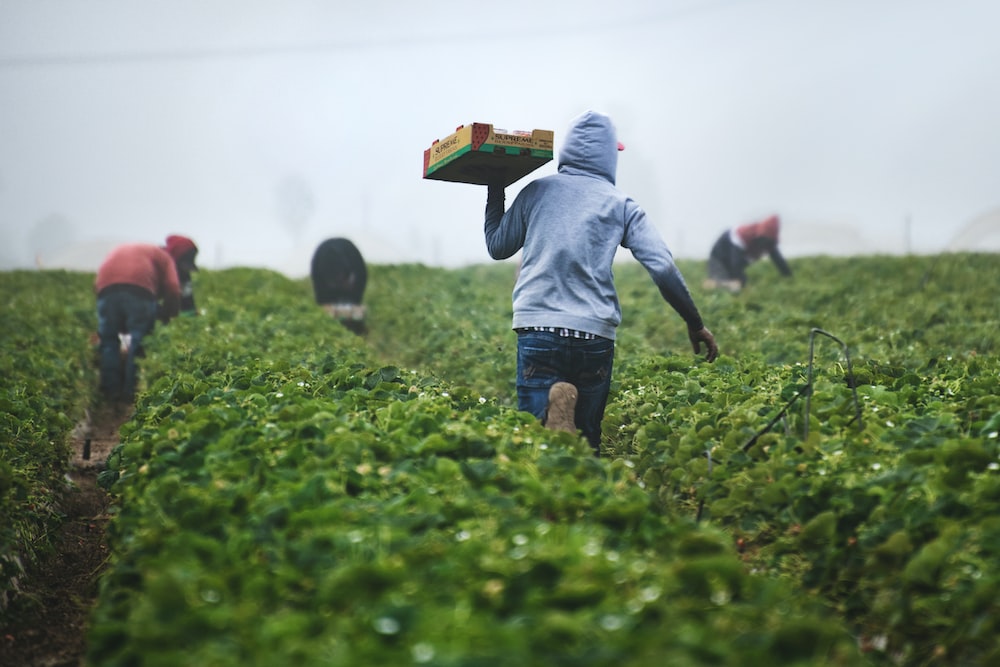The British government said farmers in England would receive more government payments for green farming, i.e. preserving the environment and producing food more sustainably.
More farmers are intended to enroll in new environmental land management programs as a result of the increase in payment rates (ELMS).
The ELMS is intended to replace the Common Agricultural Policy of the EU (CAP).
The NFU, the farmers’ union, welcomed the increase but cautioned that given the current economic situation, it might come too late.
Green farming for enhancing nature
The new approach, according to the Department for Environment, Food and Rural Affairs (Defra), would boost agriculture innovation while putting money in farmers’ pockets and improving the environment.
The decision comes as the price of producing food is rising, with farmers being struck particularly hard by increases in the price of gasoline, fertilizers, and animal feed.
They will fund the enhanced rates under ELMS with already-existing funds that were previously shifted from the direct payment subsidies that were previously provided to farmers under the EU scheme.
According to David Exwood, vice president of the NFU, it is yet unclear what job farmers, who would no longer receive direct payments, will be compensated for under ELMS.
Although some of these most recent reforms are good, he warned that they run the risk of being too little, too late, particularly in light of the economic difficulties we are currently facing and the swift decline of direct payments.
There had been earlier worries that the new system of payments would not provide smaller farms with enough to stay in business.
Small and bigger green farming schemes will see an increase in subsidies
The money that 30,000 farmers who have joined a countryside stewardship program—which is being expanded under ELMS—will now receive for continuous environmental efforts, like habitat preservation, will increase by an average of 10%.
An average payout increase of 48% will be applied to larger, one-time green initiatives like the planting of hedgerows.
The ELMS sustainable farming incentive will provide up to an additional £1,000 annually to assist smaller enterprises, including tenant farmers, with the administrative costs of participating.
Environmentalists are suspicious that bigger will push aside smaller schemes
Environmental and conservation organizations, such as the National Trust, who had previously voiced misgivings about the government’s commitment to ELMS, reacted cautiously to the focus on smaller programs.
The organization’s director of land and nature, Harry Bowell, is worried that funds will be diverted from more extensive environmental projects.
The danger, according to him, is that more costly initiatives and programs will be sacrificed in order to spend a significant amount of the overall budget on luring farmers to the sustainable farming incentive program.
Tim Field, the leader of a Cotswolds-wide group of 120 farms that are currently testing a larger-scale landscape recovery program under ELMS, said he is open to helping smaller farms to get involved in environmental efforts.
He did, however, add that more needed to be done in helping domestic food production as well.
Making farming into restorer, not a destroyer of ecosystems
To transform agriculture and food production into a restorer, rather than a destroyer, of ecosystem services, public funding is crucial.
However, low-cost imports made to lesser standards continue to drive down the cost of domestically grown, sustainably produced food. According to him, pump-priming public funds won’t be enough to close the price gap at the farm gate.
Mark Spencer, the minister for agriculture, made the announcement of the rate rise on Thursday at the Oxford Farming Conference.
The nation relies on its farmers to preserve our countryside and produce high-quality food, and raising payment rates makes sure farmers are not out of pocket as a result of doing the right thing for the environment.
A Defra spokesman stated that the programs would boost the industry’s efforts to cultivate more domestically produced food while also assisting the UK in meeting its legally binding environmental targets and its goal of preventing the erosion of biodiversity by 2030.
Prior to ELMS, the CAP system of the EU provided farmers with subsidies based on the amount of land they owned, with larger landowners benefiting the most.
By 2027 or 2028, the new system will see full implementation. At the end of the month, the government will make public further information about the funding of environmental projects.
Each country is responsible for administering its own subsidy programs, and agricultural policy is a devolved matter in the UK.

